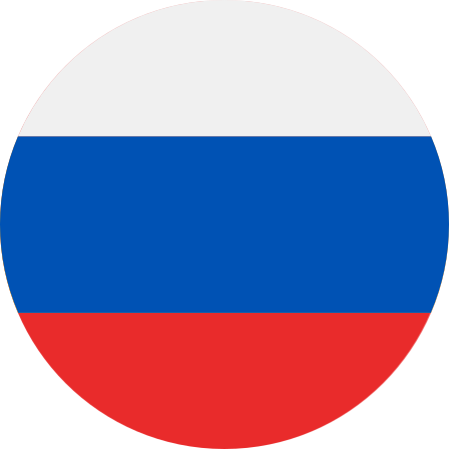The internet has revolutionized almost all aspects of daily life over the last quarter of a century.
Originally intended as a tool for scientists to share information, it rapidly became the means by which we can communicate around the world.
There has been another internet revolution. Over the last decade, there has been a new generation of devices that use the internet to communicate with each other.
Machines sharing information between themselves has now become so common that it has a new name: the Internet of Things (IoT).
The applications of IoT in our homes and on the industrial space
For most of us, the IoT is something we encounter in our homes. The growth of internet-based security, smart metering and the availability of connected speakers means that many of us now live in connected homes.
However, the applications of IoT in the industrial space are even more powerful. This has been described as the next industrial revolution and has been given its own name: Industry 4.0.
The end result of Industry 4.0 is the smart factory. The modern factory is filled with machines that are communicating with each other, sharing data that controls everything from power consumption to maintenance schedules.
The true power of Industry 4.0 lies in the ability to integrate an entire production process and control it centrally.
The Internet changed our way to live and work
The use of the internet to connect machines means that we are no longer confined to single, large locations. The machines or components that make up a factory do not need to be in the same place.
An excellent example of this can be found in the renewable energy sector. Wind farms can consist of tens or even hundreds of wind turbines, spread over a wide area. Using traditional technology, this would have presented a large problem for operators. With every turbine installed at distance from its neighbour in exposed locations, inspection and maintenance would need to be a major task.
Industry 4.0 changes the methods that operators use to ensure the safe running of their facility.
By installing a range of sensors on every wind turbine, and connecting them together, operators can collect a huge amount of data in real time. This is then collected, but the key task is to analyse this data in a useful way.
The power of the Digital Twin
This is the task of the digital twin. A digital twin is a replica of the real device that exists electronically in a virtual space. It is a model of the original machine that shows how the real-world example should operate.
However, if the digital twin existed only as a model it would be of limited use. While it can be used to show how a machine should operate, it cannot provide any real-world help. However, by taking all the data collected from sensors within the original and feeding it into the digital twin, it is possible to create a real-time simulation of the machine in use.
This is the power of the digital twin. Combining the model of the original and comparing it with real-time data from sensors makes it possible to identify and even predict potential problems. An unexpected vibration could indicate damage that will require attention. An increase in power consumption might suggest that parts are nearing the end of their life and need replacing.
In addition, comparison of historic data with expectations will allow the operator to refine the accuracy of the digital twin. This will allow the digital twin to be even more useful in predicting maintenance or failures in the future.
When combined with Product Lifecycle Management (PLM) techniques, operators can use this accuracy to ensure replacement parts are available at the times and places they are most needed, even for facilities that are located in remote regions.
The internet has changed how we share data forever.
It is now changing how machines share data, allowing operators to create complex facilities around the world.
It is the power of the digital twin that links the real world with the virtual environment and allows engineers to make total use of this data.


 Deutsch
Deutsch Français
Français Italiano
Italiano Español
Español Português
Português 中文 (中国)
中文 (中国) 日本語
日本語 Русский
Русский

 07/11/2024
07/11/2024  Case Studies, Digital Parts Catalogs, Engineering Resources, TraceParts News
Case Studies, Digital Parts Catalogs, Engineering Resources, TraceParts News 
